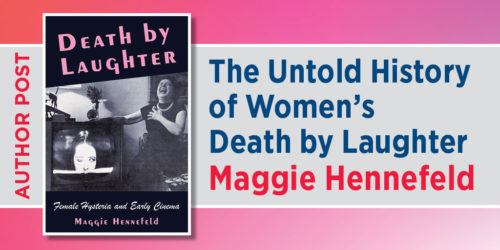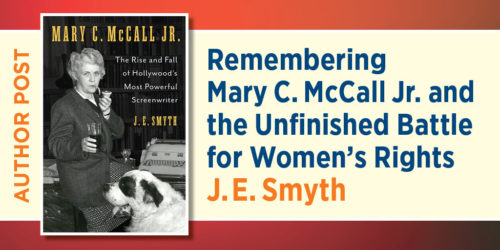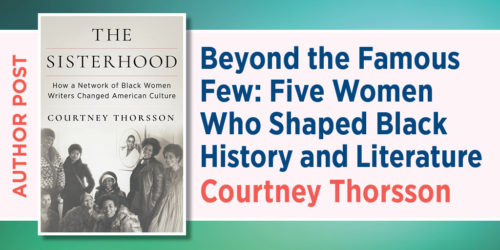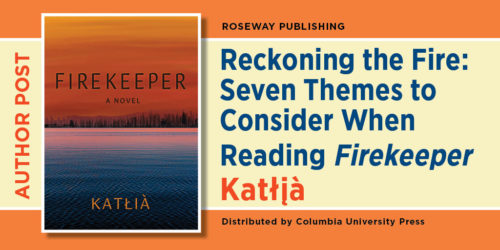Wendy Steiner on The Beauty of Choice
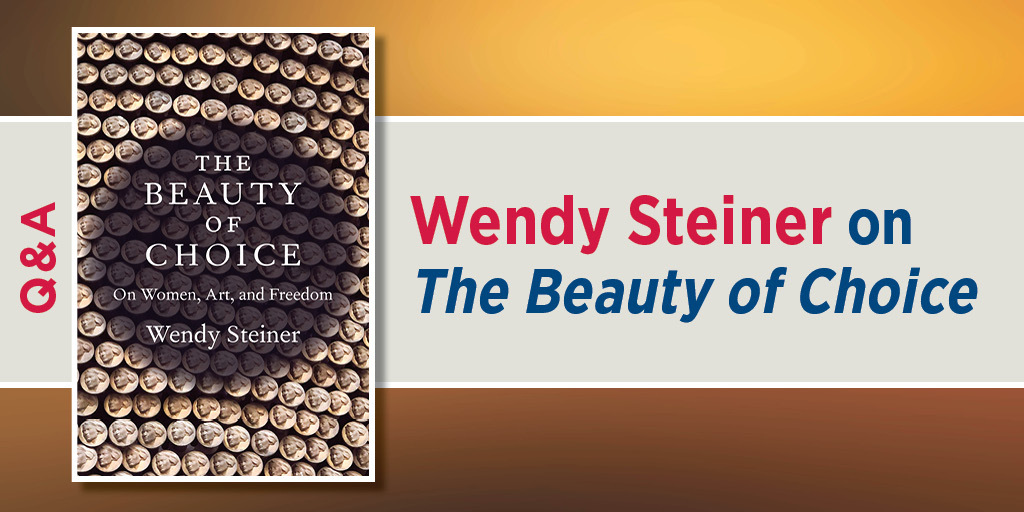
In The Beauty of Choice, the renowned cultural critic Wendy Steiner offers a dazzling new account of aesthetics grounded in female agency. Through a series of linked meditations on canonical and contemporary literature and art, she casts women’s taste as the engine of liberal values. But what sparked her to find her voice in the face of misogyny? How did a student’s response to Steiner’s own opera cause her to rethink art’s role in patriarchal oppression? And what does freedom of choice have to do with all of it? Read on for an inside look into these questions and more from Steiner herself.
Q: What led you to write this book?
Wendy Steiner: As a woman, a scholar of the arts, a creator of operas, and a mother, I had grown increasingly alarmed at the upsurge of violence against women, the abolition of abortion rights, and the curtailing of free expression in education and the arts. I could no longer remain silent in the face of authoritarianism and misogyny, and The Beauty of Choice is my response: an argument for aesthetics and female freedom as the engine of liberal democracy.
Q: How has #MeToo affected your views on art?
Steiner: In 2009, an opera of mine called The Loathly Lady premiered at Penn. It was based on Chaucer’s “The Wife of Bath’s Tale,” in which a knight rapes a maiden and is given a year and a day to find out what women most want—or be executed. The knight in my opera consults experts like Freud, Virginia Woolf, and Scheherazade, and I had tremendous fun tormenting him with their answers. But in the end, as in Chaucer’s tale, my knight makes out just fine. After the performance, a student took me to task for rewarding a rapist with his heart’s desire. I felt hurt and incredulous at this criticism, and it was not until #MeToo was in the headlines years later that I understood why rape should never be a laughing matter. At that point, I rewrote the ending of the opera, but the conflict stayed with me. Clearly, #MeToo is right that some art is complicit in patriarchal oppression, and yet treating art as hate speech pure and simple seems a dangerous mistake. This dilemma is a central theme in The Beauty of Choice.
Q: Can you explain the women’s faces on your cover?
Steiner: The cover shows a detail of the monument Heroinat—Heroines—erected in 2015 in Kosovo to honor the twenty thousand women raped during the 1998–-1999 Serbian genocide. To arrive at this face, its designer digitally combined hundreds of photographs into an “average Kosovar woman” and cast the face over and over on bronze “medals,” one for each heroine. The twenty thousand medals were then mounted on pins to create a huge relief in the shape of the same face, each medal a miniature of the sculptural whole. Though E pluribus unum—Out of the many, one—can be a brilliant idea, not only in politics but in art, Kosovo’s women, previously deprived of choice in the direst way, lost their individuality once again in their commemoration. The Beauty of Choice examines the rape memorial Heroines as a conceptual and imagistic key to the interdependence of female choice and liberal freedoms.
Q: How did you decide which artists and writers to include in the book?
Steiner: The Beauty of Choice is a feminist aesthetics, and the women artists it examines in depth deploy aspects of their femininity to explore what beauty entails: the body, sexuality, extravagance, inconsistency, reciprocity, love. Over the years, the fearless paintings of Marlene Dumas, for example, have served as a blueprint for my thinking on women and aesthetics. Sculptor Barbara MacCallum displays a Loathly Lady’s wisdom in her mastery of marriage and art. Interdisciplinary artist Kristin Beeler’s exquisite interactions with her disfigured subjects explore aesthetics as empathy. I discuss many male artists as well, including Picasso, whose work I cannot bring myself to hate despite his offenses as a man. In short, in assembling the contents of this book, I have been led by what delights and informs me.
Q: Why did you devote a whole chapter in your book to “method”?
Steiner: My method, to paraphrase Marshall McLuhan, is my message. And it is all about the freedom of female choice. Think of the movie blockbusters of 2023 about men—Oppenheimer, for example, or Maestro—tragedies about geniuses who fly high, only to be brought low. Meanwhile, films about women gave us comedies like Poor Things and Barbie, with willful, whimsical heroines defying social constraints in order to taste life’s pleasures. Next to tormented geniuses, these female figures strike some people as frivolous and self-centered. I find them profound: in the face of cruelty and mockery, they hold fast to their desires and in the process, provide a model of freedom for everyone. The Beauty of Choice embraces their method. It not only ponders female freedom but exemplifies it, unapologetically flitting from opera to evolutionary theory to the history of the nude in its curiosity, in an interdisciplinary picaresque that shows the Wife of Bath out-philosophizing John Locke and Hannah Gadsby going toe-to-toe with Darwin. In short, if I think, therefore I am was Descartes’s conception of method, I like, therefore I am is mine. And what is your MO—cogito or amo? The choice is yours!





